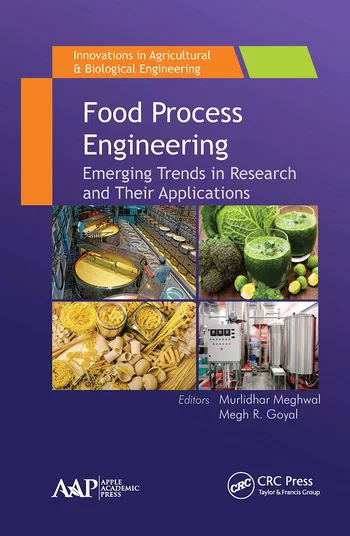TECH FLASH
Large pipe applications drive Coriolis flowmeter market
Growth in energy markets has created a demand for the accuracy and reliability of Coriolis flowmeters
Growth in energy markets has created a demand for the accuracy and reliability of Coriolis flowmeters, whose market is projected to grow to almost $2 billion by 2018, suggests a new study from Flow Research.
According to Flow Research, one force driving market growth, which totaled $1.3 billion in 2013, is the development of large line size Coriolis flowmeters. Researchers say the flowmeters often have been used in pipes with diameters of six inches or less; however, in the past five years, major suppliers have developed Coriolis flowmeters for pipes from eight to 16 inches in diameter.
Despite the cost of these devices, Flow Research says they are becoming popular with users. The companies that have brought out these large line size meters include GE Measurement (which acquired Rheonik), Micro Motion (part of Emerson Process Management), Endress+Hauser and KROHNE.
Rapid growth in the use of Coriolis flowmeters is appearing in the oil and gas industries. But the flowmeters are also widely used in the food and beverage industry where they do well because of sanitary applications, according to Flow Research, which has seen suppliers develop more straight-tube Coriolis flowmeters. Fluids are less likely to build up in straight-tube meters and have less pressure drop than bent-tube meters, the research firm says.
“Continued growth in the energy markets is a major reason for projected growth in the Coriolis flowmeter market,” says Jesse Yoder, president of Flow Research. “At the same time, Coriolis suppliers have shown a readiness to bring out new products to meet changing market requirements. This is shown in the development of both straight-tube and large line size Coriolis flowmeters. While they remain somewhat expensive, the meters deliver the twin benefits of high accuracy and long-term reliability that outweigh their upfront purchase price for many flowmeter users.”
The new research on Coriolis flowmeters is part of a worldwide flowmeter market study conducted by Flow Research titled “Volume X: The World Market for Flowmeters, 5th Edition.” This study includes 12 flowmeter types, and covers both new technology and traditional technology flowmeters. The report can be found by visiting http://www.flowvolumex.com.
Looking for a reprint of this article?
From high-res PDFs to custom plaques, order your copy today!




